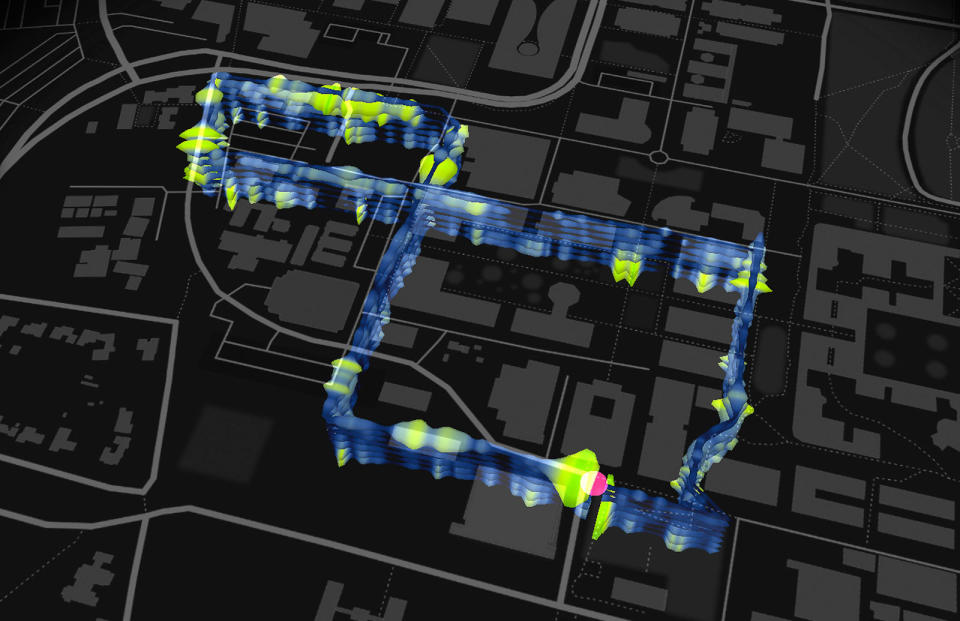Fiber optic lines can double as earthquake detectors
The slightest jostles could give away seismic activity.
You might not need an extensive sensor network or a host of volunteers to detect earthquakes in the future -- in fact, the lines supplying your internet access might do the trick. Researchers have developed technology that detects seismic activity through jiggling in fiber optic lines. Laser interrogators watch for disturbances in the fiber and send information about the magnitude and direction of tremors. The system can not only detect different types of seismic waves (and thus determine the seriousness of the threat), but spot very minor or localized quakes that might otherwise go unnoticed.
Fiber-based detection isn't strictly new, but it previously centered around acoustic sensing that required wrapping them in cement, sticking them to a surface or otherwise making sure they contact the ground (to make it easier to spot impurities in the signal). That's not necessary with the new method -- you can use existing fiber lines housed in plastic pipes. It should be considerably easier and cheaper to implement these detectors.
There are plenty of challenges to making this a reality. It's limited by the size of the fiber network, so it could miss rural areas that don't have much if any fiber. And the current proof of concept is a relatively modest 3-mile loop around Stanford University. It could be a much more daunting prospect to run a sensor network across an entire city, let alone cross-country. This could still be far more affordable than rolling out dedicated sensors, however, and the sheer precision of using fiber (every part of the line counts) could provide earthquake data that hasn't been an option before.


